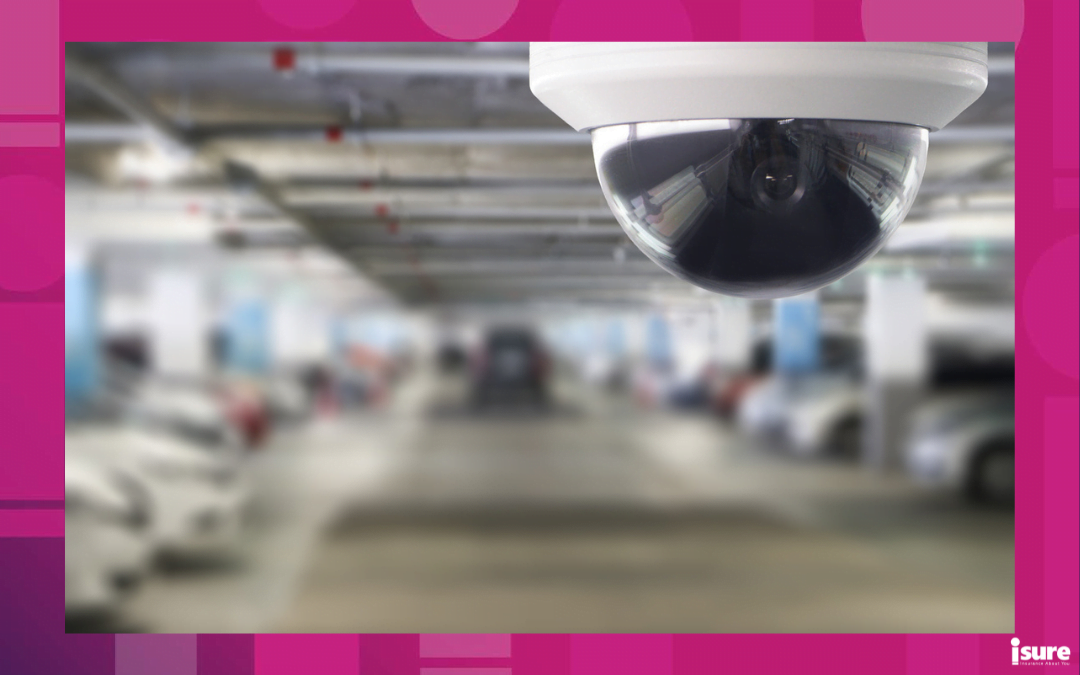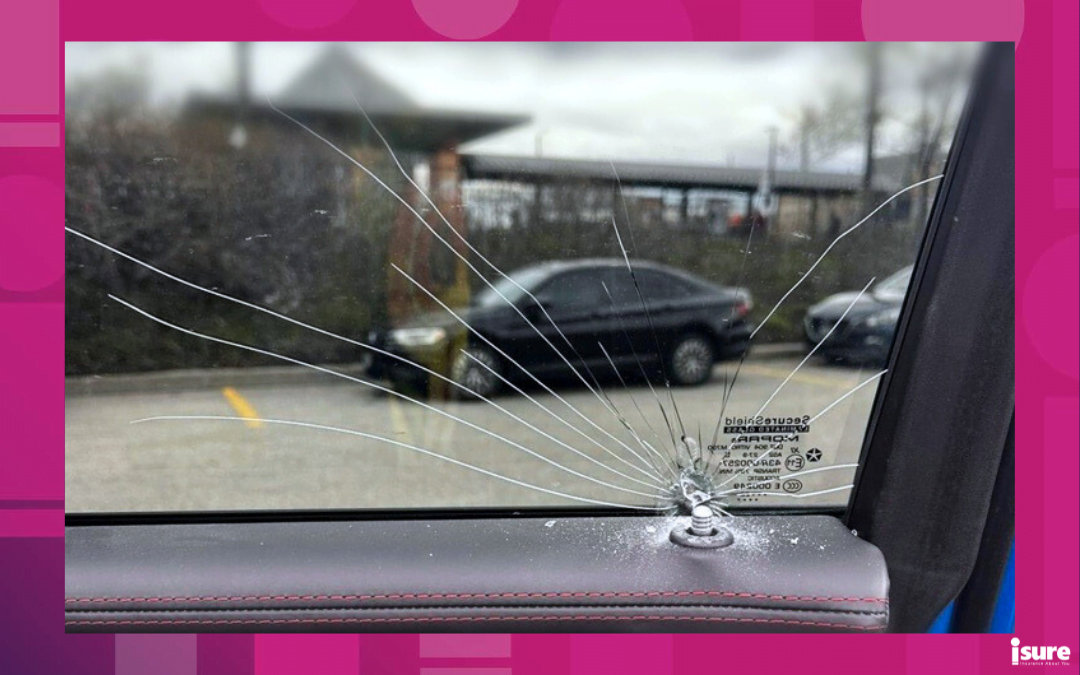Auto theft is one of the many threats to your vehicle. The shortage in the supply of vehicles and parts has been an issue since the COVID-19 pandemic. With the surge in auto thefts and break-ins throughout Canada, what can you do to best protect your vehicle? In this article, we answer some of the FAQs about what to do if your vehicle is stolen.
How does car theft impact Canadians?
On average, car theft has a $1 billion impact on Canadians every year — $542 million of which was paid out by insurers to repair or replace stolen vehicles. The remaining costs went to policing, correctional services, court systems, and healthcare.
What do I do if my car is stolen?
Your car is not where you left it and you suspect it’s been stolen. You need to contact your local police and fill out a police report. Next, if you’re unsure, you’ll want to confirm if your car has theft coverage. If you do have any of the optional coverages above, you’ll then want to get in touch with your insurance provider or isure representative to start a claim.
What happens to your rates if you claim vehicle theft?
Wondering whether your insurance rates will increase because of theft? You’re not alone. Depending on the province you live in, filing a claim for theft or vandalism can impact your rates. However, the impact will typically be much less than if you file a claim resulting from an at-fault accident. So, although filing a claim may affect your rates (province-dependent), it should not necessarily be a reason to avoid doing so.
Will insurance cover valuables that are stolen from my car?
For most auto insurance policies, if the items have a physical attachment to the stolen car (e.g., roof racks, stereo, tires), the answer is yes. But you will only have coverage for the Actual Cash Value, which reflects their current condition and age. For personal items left in your car, the answer will be no. Your auto policy does not cover these items.
The next step will be to contact your home insurance provider. They will be able to check if these items are under your home insurance policy. Your home insurance may provide you with coverage depending on the replacement cost value of the items. This means that for each of your stolen personal items, you’ll receive a new item of similar kind and quality. But keep in mind that any claim you make will be subject to your deductible.
What happens if my vehicle is later recovered and is damaged?
If your car is stolen, there is a possibility of recovering it. Most insurance companies will have a waiting period to see if it turns up before offering a settlement for the stolen vehicle.
- Your car is recovered before your claim settlement. If there’s damage, you can still go through the process of claiming to repair the damages.
- If the damaged car is recovered after your claim settlement, no action is required. Since the ownership and responsibility of the car will have already been transferred to your insurer, there is nothing for you to do.
How is the claim settled if you own/lease/or finance the vehicle?
- If your vehicle is a lease, the settlement in the claim will be sent to your lessor.
- If your vehicle is a lien, it will go to you, unless the agreement with your lien holder or financing company specifies differently.
- Should your car be worth more than you owe, then you’ll receive the remainder of the settlement.
Where do car thefts typically happen?
Car safety features, like alarms and tracking devices, merely act as a deterrent to would-be thieves. The most effective way to protect your vehicle is to avoid leaving it in specific locations and at certain times of day:
- Anywhere overnight: You’ve found a great parking spot on a busy street! Now imagine a few hours later when the same street is empty; still feeling safe? If you decide not to drive home after a night out, you should move your car. Find a parking garage specifically with security cameras. Your driveway also isn’t the best option. Park your vehicle in the garage, if you have one. If no one can see or access your car, it will remain much safer.
Your driveway can be a risk for car theft. “Puffing,” or leaving a car running, is a common practice among drivers during winter months, but is a growing problem for car owners.
- Less busy areas: It can be tempting to opt for a parking spot on a quiet side street or alley rather than compete for the busier main street spaces. But if you can score a spot on a busy road, your chances of keeping your car safe increase significantly. Most thieves will target vehicles where there’s little or no foot traffic.
- Badly lit or dark spots: Dark or low-security areas are not advisable. These areas provide a perfect cover for thieves, as there are no witnesses or security cameras to deter them. Always choose parking areas that are well-lit and have good visibility.
Note: If your home, or where you park your car, is not well-lit, you can add motion detection lights to increase visibility and deter thieves.
- High-crime areas: The areas with higher crime stats are not only specific to the downtown seedy alleyways. Many upscale neighbourhoods are targets of car theft and vandalism because they house more high-end vehicles. The re-sale of stolen luxury cars or their parts is highly profitable for criminals.
- Empty lots: Leaving your car in an empty lot, like in an office park or on school property, is not a great idea either. The absence of foot traffic or other drivers is an open invitation to car thieves.
Does my car have coverage if it’s stolen or vandalized?
This depends on the coverage within your policy. To ensure coverage against theft, you will need to have one of these four options:
- Specified Perils: This coverage protects your car against loss or damage from specific hazards, like hail, windstorms, fire, and theft.
- Comprehensive coverage: This will cover you from loss or damage that’s not under collision coverage, such as all the hazards above.
- All Perils: This option offers a combination of collision coverage AND comprehensive coverage.
- Gap Insurance: Comes in handy during total loss claims, such as a stolen car. It is the difference, or gap, between how much your vehicle is worth and how much you owe.
Are some cars more susceptible to getting stolen?
Luxury vehicles aren’t the only targets for car thieves. The most susceptible to theft in Canada are the everyday vehicles that many of us drive. This can be because of the convenience factor for thieves, or because their car parts can be sold to unsuspecting customers. If you’re curious to see if your vehicle may be a target of car theft, check out our list of the top 10 most stolen cars in Canada.
Every year, Équité Association releases its list of the Top 10 Most Stolen Vehicles across the country. SUVs that were produced after 2017 are often the most targeted. The Honda CR-V built between 2016 and 2021 is the most commonly stolen vehicle in Canada, followed by the Lexus RX series of the same period.
If your car has been stolen or you want to submit a claim, contact isure today. We strive to help our clients find the best auto insurance rates in Ontario, including Ottawa, Mississauga, and Toronto. Get a quote online or call us at 1-877-660-3501!




